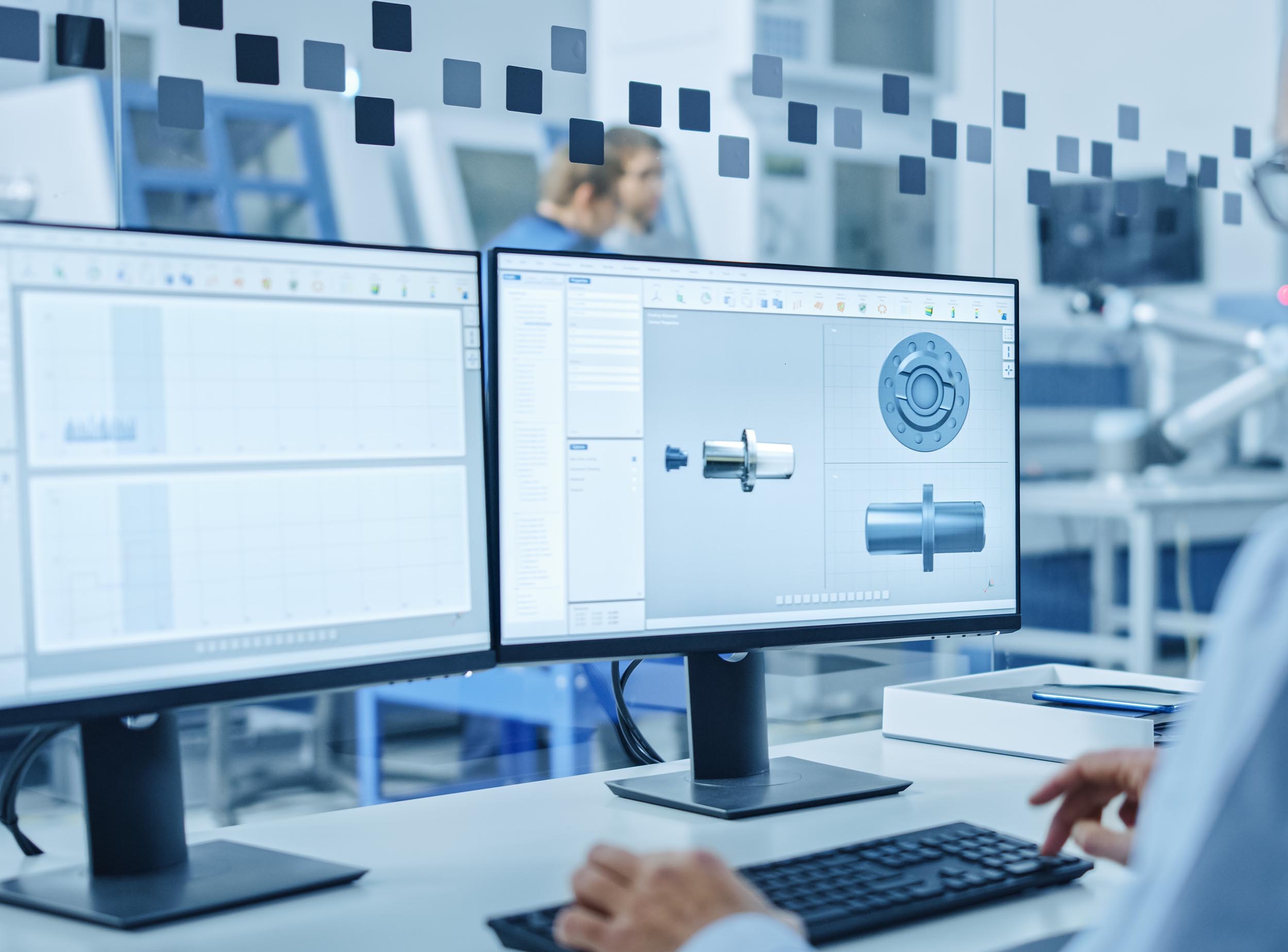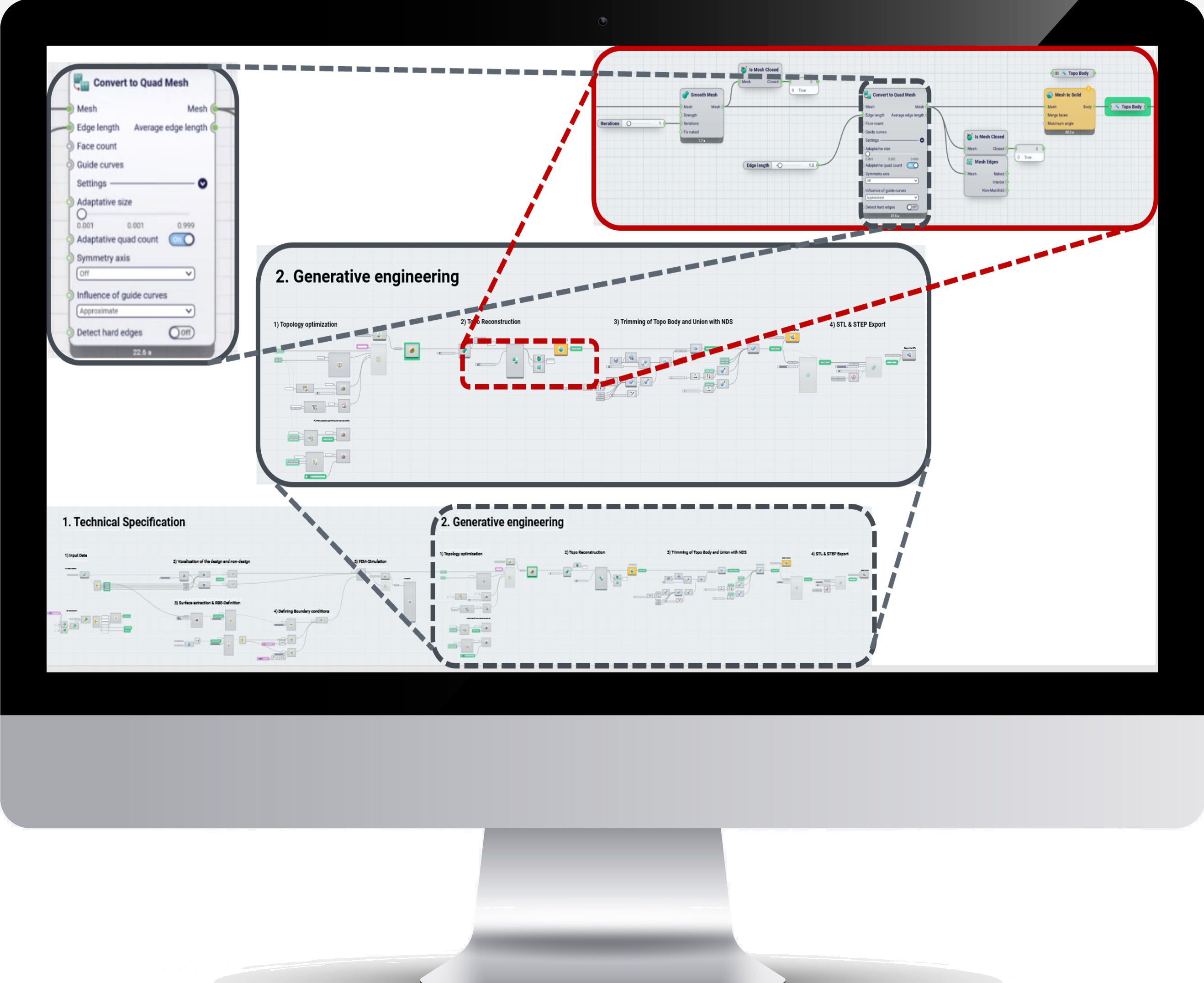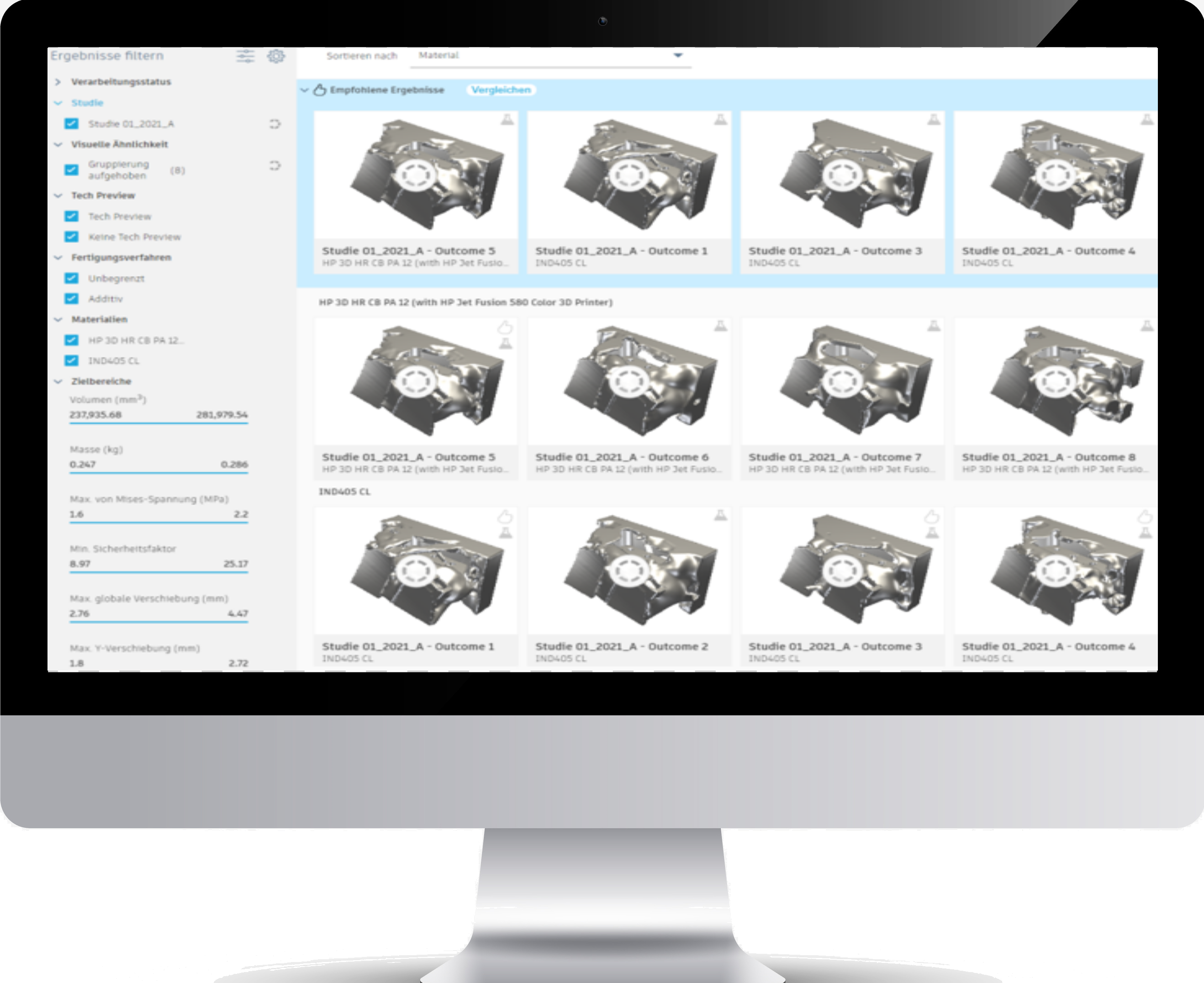With 3D printing, the limits and efforts of generating variances of a part or mass-customizing a design has been reduced by a great factor. This applies specifically when comparing with conventional manufacturing. But still there is the bottleneck of creating the data for parts which may have the same structure or a similar appearance but which are completely unique geometries.
To account for this “freedom-of-design” and to benefit from the possibilities which 3D printing offers, it makes sense to apply design automation. With this, it is even possible to combine a 3D-engine with a browser-based input page (a “frontend”). This is to drive this automation and customize the choices of your clients or internal users. It makes no sense to offer 3D printing with a competitive business case from a manufacturing perspective and then still to generate huge costs in designing each variant of the part manually. Qualified personel is hard to get. So, no matter, if variances or individualized data for customer-facing-projects are needed or you are just consuming the data internally: Design automation in any case makes increasingly sense.




